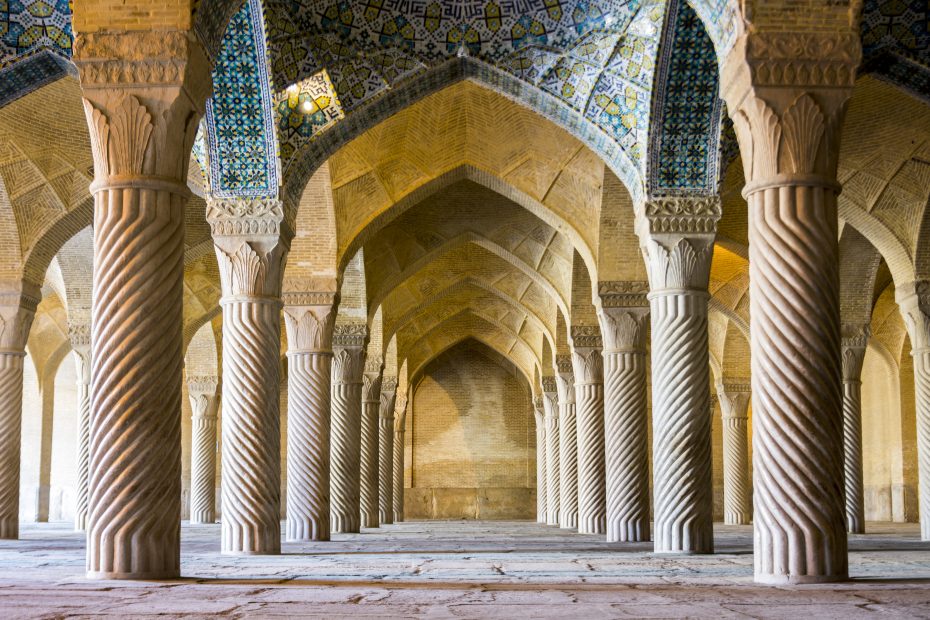Introduction
Nestled against the slopes of the Binalud Mountains in northeastern Iran lies the holy city of Mashhad. Known as the spiritual capital of Iran, Mashhad is famed for its sacred shrines, mosques, and mausoleums that attract over 20 million Muslim pilgrims each year. For centuries, the shrine of Imam Reza has established Mashhad as one of the holiest sites in the Shia world. Beyond pious pilgrimage, Mashhad offers a fascinating glimpse into Persian culture and architecture spanning millennia. This spiritual oasis beckons the curious to uncover its many sacred treasures.
History of Mashhad
Mashhad’s development is intrinsically tied to the history of Islam in Iran. Soon after the Arab conquest brought Islam to Persia in the 7th century CE, a small village known as Sanabad existed on the site of present-day Mashhad. Over the centuries, Sanabad morphed into Mashhad, meaning “place of martyrdom,” referring to the tragic fate of Imam Reza.
The Abbasid Caliph Harun al-Rashid appointed Imam Reza as his successor in 817 CE, requiring the revered Imam to move from Medina to the Persian city of Tus. In 818 CE, following al-Rashid’s death, the new caliph Al-Ma’mun feared Imam Reza’s widespread popularity and secretly plotted his poisoning in Tus. Imam Reza was buried in Sanabad, which soon transformed into a major pilgrimage site commemorating the Imam’s martyrdom.
Over the centuries, Mashhad prospered as it grew around the emerging shrine complex. Mongol invaders sacked the city in the 13th century CE but spared the holy shrine. Successive Persian dynasties like the Timurids and Safavids renovated and expanded the shrine area in Mashhad, cementing the city’s prestige among Shia Muslims. Today, centuries of patronage have established Mashhad’s position as the preeminent pilgrimage city in Iran.
The Shrine of Imam Reza
The beating heart of Mashhad is the sprawling shrine complex commemorating Imam Reza. The shrine dominates Mashhad’s cityscape with dazzling blue domes and soaring minarets visible from afar. Known as the Haram-e Motahare or Haram for short, the shrine encompasses several sacred structures and monuments.
At the complex’s center lies the massive rectangular mausoleum containing Imam Reza’s tomb. Adjoining the mausoleum, the cavernous Grand Courtyard provides space for over 100,000 worshippers to perform salat prayers. Surrounding the courtyard, arched arcades are filled with Quranic inscriptions, intricate tiles, and muqarnas vaulting. The courtyard’s ablution fountain allows visitors to practice ritual purification before entering the inner sanctum.
For Shia Muslims, making pilgrimage or ziyarat to Imam Reza’s shrine carries deep spiritual significance. Imam Reza represents the seventh of twelve holy Imams in Shia Islam, so his shrine emanates an aura of saintly reverence. When inside the shrine’s inner chamber, pilgrims pray, recite poetry, and touch or kiss the enclosing silver grill encircling Imam Reza’s tomb. Emerging from the hypnotic trance of ziyarat, pilgrims feel spiritually recharged by the power of this sacred space.
Other Sacred Sites
While the Haram steals the limelight, Mashhad contains other historic mosques and shrines offering spiritual sustenance. The Goharshad Mosque stands within sight of the Haram, distinguished by its exquisite mosaic tilework commissioned in the 15th century CE. Shariati Street running south of the Haram is packed with evocative shrines and mausoleums like the Mausoleum of Khajeh Morad where mystical Sufi gatherings are held.
Scattered around Mashhad are unique sites like the Holy Shrine of Hamza Sayyid al-Shohada, the resting place of one of Imam Reza’s brothers. At the atmospheric Nadir Divan-Beigi cemetery, deceased luminaries from Mashhad’s artistic and intellectual world are honored. For history buffs, the ancient Tomb of Ferdowsi, author of the beloved Persian epic Shahnameh, merits a visit as well.
The Culture of Pilgrimage
Part of what makes Mashhad so extraordinary is witnessing the passion and diversity of pilgrims flocking to venerate Imam Reza year-round. They arrive from across Iran, Central Asia, Afghanistan, Pakistan and beyond. Some travel great distances on foot as an extreme act of faith. Processions of black-veiled women stream toward the shrine seeking blessings, fertility and marriage. Politicians and clerics make highly publicized visits to the Haram to bolster their religious credentials.
Pilgrimage rituals also drive cultural traditions in Mashhad. Elaborate services like accommodation, guides and ritual offerings have sprung up to support visiting pilgrims. Street vendors and bustling bazaars satisf
